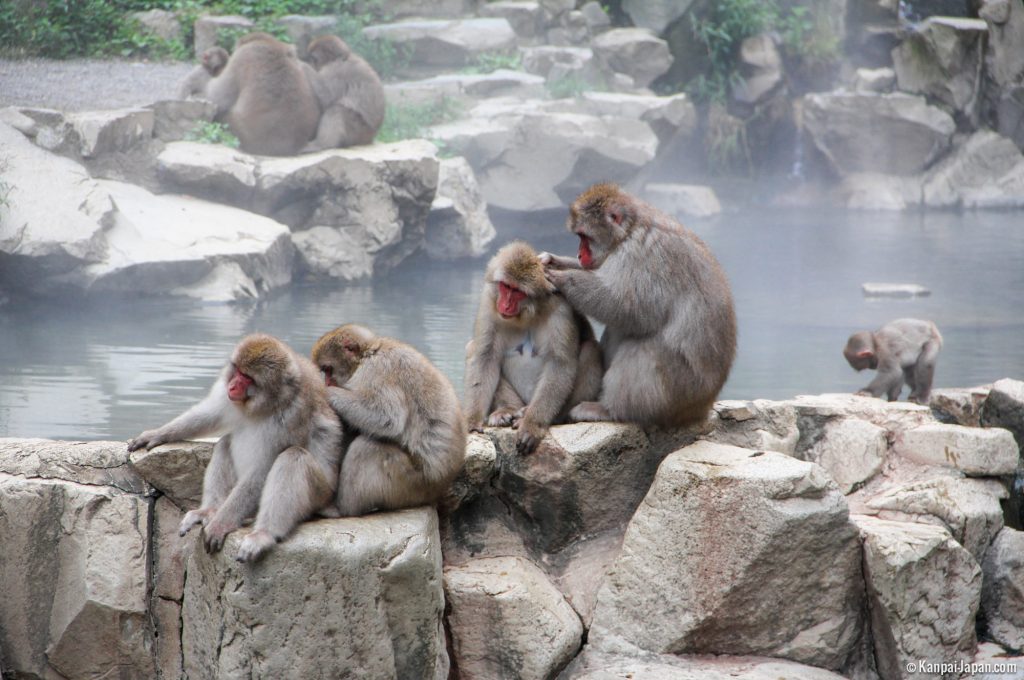The 5 beautiful Japanese tourist destinations that you can’t miss
Japan ia a country that you can travel to at any time, especially if you love a cool, fresh climate along with simple and ethereal beauty in architecture and culture. Here are the 5 most beautiful Japanese tourist destinations that you can’t miss in the collection of must check places when visiting the land of the rising sun.
1. Mt. Fuji
Mt. Fuji is covered with white snow all year around and is one of the unchanging symbols of Japan. If you don’t know the color, taste, and shimme of white snow, you can visit Mt.Fuji at any time of the year. Mt. Fuji is considered one of Japan’s tourist destinations that you definitely can’t miss.

Mt. Fuji – Japan’ Famous Destination
At Mt.Fuji, you can ski, snowman, stroll on snowy roads, and take beautiful photos. On Mt. Fuji, many famous ski resorts, luxury resorts, and even traditional Japanese houses are waiting for you to relax. The most convenient thing is that you can book a tour of Mt. Fuji. There will be a bus carrying tourists directly to the 5th station at an altitude of 2,300m and experience interesting activities in the land of Phu Tang.

Conquering Mt. Fuji is an experience that brings a lot of emotions and meaning to many people
For Japanese people, Mount Fuji is always sacred, will protect and protect peace and prosperity. Therefore, for Japanese people in particular and tourists around the world in general, going to Mt.Fuji to see the white snow is a great blessing.
2. Tokyo Tower
Every year, Tokyo Tower attracts thousands of Japanese tourists. Did you know, this is one of the few prime lacation, allowing you to zoom out into the gorgeous panoraman of Tokyo when the city is lit up. The feeling of being overwhelmed and surprised by a colorful picture of flashing lights, reflecting prosperity and modernity. With a height of 333 meters, 13 meters taller than the Effel Tower, Tokyo Tower is inspired by the Effel Tower itself with the world’s tallest self-supporting steel architecture. It is open for sightseeing from 9 am to 8 pm.

Tokyo Tower is considered a symbol of Japan’s rebirth after the war, so it is also a place where you should go to join the locals to feel the pride of history as well as sustainable development.
3. Kinkaku-ji Temple in Tokyo
Famous in the ancient capital of Kyoto, embraced by deep green and cool nature, Kinkaku-ji Temple in Tokyo is an extremely famous architectural work. This golden temple has 3 floors with three different architectural and cultural styles including Shinden, Bukkle and Chinese, in front of which there is a conditioned lake, the surrounding climate is fresh and cool.

In winter, when the snowflakes fall lightly, the scenery around the shrine is picturesque and attracts all eyes. Kinkaku-ji Temple in Tokyo is a serene, contemplative, and elegant space that will appear before your eyes.
4. Jigoku Dani Monkey Park

Have you ever seen adorable, mischievous monkeys living in the cold ice and snow? Head to Jigoku Dani Monkey Park to experience the one of a kind things one after the other. Bathing in hot springs is all too familiar, but bathing in hot springs with monkeys is a guarantee that you haven’t tried it yet. Trust me, this will be one of the most memorable baths of my life. In addition, if you are in Japan, you should also soak in the hot springs at least once to take care of your body in the way the Japanese do. Guaranteed, the body will be stronger, the spirit will be more exited to have enough health for the upcoming journey.
5. Horyuji Buddhist Architectural Complex
Horyuji Temple in Nara Prefecture is one of the world’s oldest wooden structures that Buddhists wish to see and feel the sacred atmosphere here. Some of the following architectural highlights that you cannot miss such as the Golden Hall, the Five Pillars Tower, the Middle Gate and the corridors. Centainly, the architecture of the temple will not disappoint you.

The highlight of Horyuji Temple is the beautiful 11-sited statue of the Bodhisattva Guanyin and more than 100 artifacts of unique artistic value. Although it was built more than 13 centuries ago and experienced many terrible earthquakes, Horyuji Temple still retains its artistic value and has always been a solid spiritual fulcrum for Buddhists.
>> See more:

















